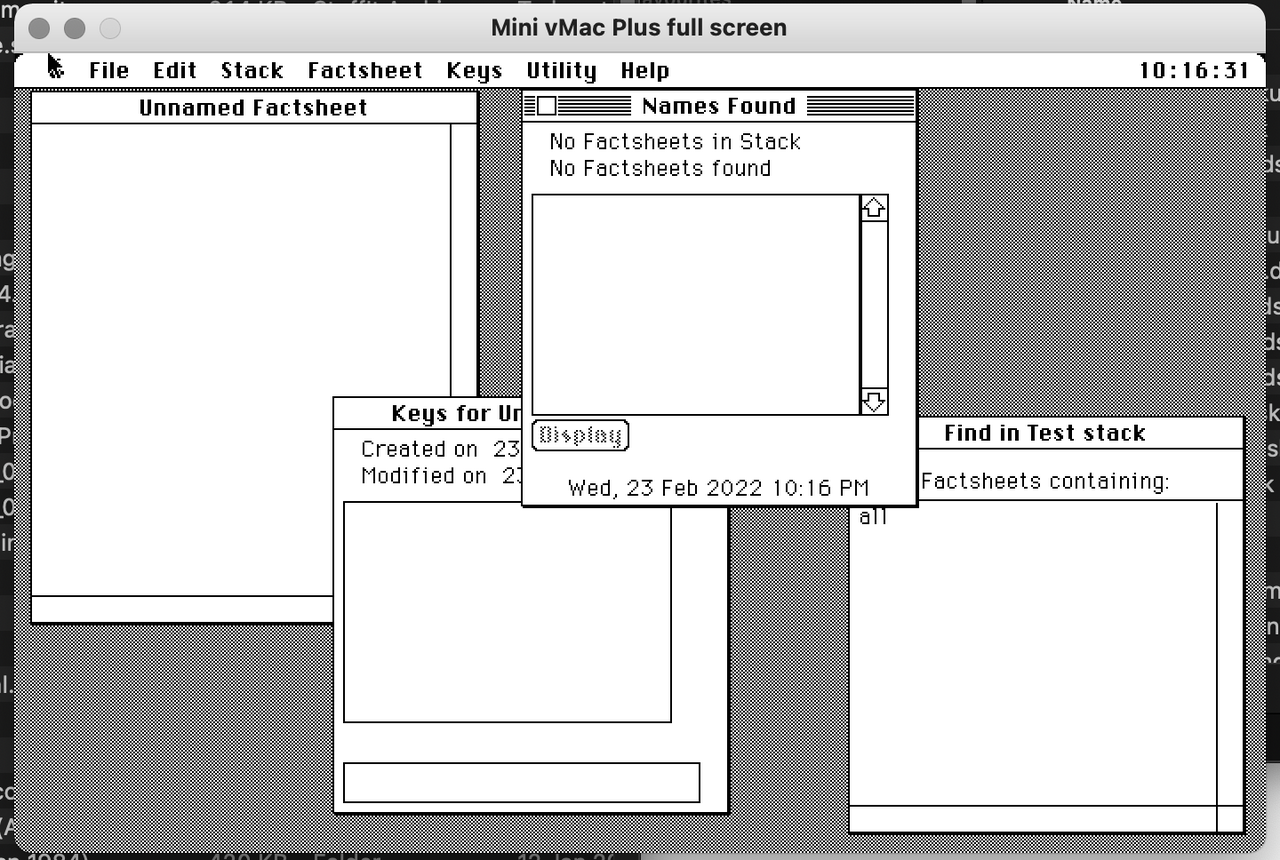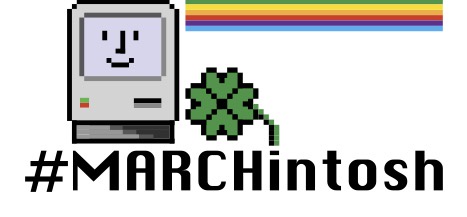 Happy Marchintosh, everyone. Merry Marchintosh? Should we call it MacInMarch? Probably too late for that. Anyway, thanks to Joe and Ron for running the thing and for the shout-out. I’m enjoying all the content so far, but mostly I just hope lots of people are using it as an excuse to muck around with old Macs.
Happy Marchintosh, everyone. Merry Marchintosh? Should we call it MacInMarch? Probably too late for that. Anyway, thanks to Joe and Ron for running the thing and for the shout-out. I’m enjoying all the content so far, but mostly I just hope lots of people are using it as an excuse to muck around with old Macs.
WriteNow is one of the earliest Mac word processors (Macintosh Garden link). Said to have been a shadow project in case MacWrite fell through, it was later published by T/Maker and owned by, of all places, Steve Jobs’ post-Apple company NeXT. The WriteNow wikipedia page refers to it being released in 1985, but the earliest references I’ve been able to find in magazines are from late 1986.
 WriteNow 1 on a 128k Mac with a MacDraw image posted in. Taking notes from a uni lecture.
WriteNow 1 on a 128k Mac with a MacDraw image posted in. Taking notes from a uni lecture.
I don’t remember if WriteNow was the first Mac word processor I used — I think that might have been MacWrite. But it’s the one I remember the best: I remember my dad using it to prepare material for his teaching job and book reviews for the local paper, and I used it for the very limited writing I did in the early years of primary school (a.k.a. elementary school). I think that was version 2.2. I’m using version 1.07 here. Off the top of my head (I’ll work it out before I finish!) the only difference I can think of between versions 1 and 2 is that version 2 has built-in curly quotes.
Famously fast because it’s written in assembly language (although that led to its downfall with the transition to PowerPC chips), WriteNow seems to me to be amazingly powerful for something that runs on a 128k machine. It doesn’t do everything I want, but it comes pretty close. It doesn’t use WriteNow’s seems-weird-now-but-kinda-makes-sense multiple rulers in a document formatting method — it feels entirely modern from that point of view. It has useful things like “keep on same page” and showing invisible characters (I’ve never understood how people can write with “show invisibles” turned on, but it’s useful sometimes).
In “Writing Your Own Ticket: Ten word processors for the Macintosh” in MacWorld December 1986, WriteNow is compared to MacWrite 4.5, MindWrite 1.0, Word Handler 1.6, MS Word 1.05 and 3.0, HabaWord 1.0, Laser Quill 1.2, and the word processor modules in Jazz 1A and MS Works 1.0. (Amazing diversity in the market.) “More than any other program considered here, WriteNow upholds the utilitarian virtues of MacWrite while adding advanced features to the formula.” This review does note that WriteNow lacks cursor key support — something I hadn’t noticed, writing on my 128k keyboard, from which Steve Jobs prohibited arrow keys. This roundup article has one of those giant tables of features (MindWrite can do a 14 7/8 inch margin width, but Word can do 21 ¾ inches!). On the basis of this table Word 3.0 wins the day easily with 36 feature points, Word 1.05 comes second with 27, HabaWord and LaserQuill (both of which seem to have vanished without a trace — if you have a copy, upload it!) come third on 25 points, but WriteNow comes fourth with 24. Poor MacwWrite 4.5, decidedly languishing by now, has only 12 points. It should be noted that WriteNow cost a notional $175 (although ads in the same magazine quote $109) but Word 3 cost $395 (and was presumably also discounted somewhat).
I think the best review of WriteNow is by Mick O’Neil in the March 1987 edition of Byte. “The first thing that struck me” O’Neil writes “is that its authors must have taken a hard look at the shortcomings of MacWrite and set out to rectify them.” He notes that all of WriteNow’s features are available from drop-down menus — no dialogue boxes à la Word. He also noted the “revert to saved” and “revert to backup” functions in the File menu. Revert to saved is obvious, but the program apparently stores a version of the previously saved version of your file on disk. To save space on 400k disks it only stores the differences. Pretty cool. O’Neil also notes the well-written manual, an assessment with which I agree. It’s great. His two criticisms are that WriteNow lacks mail merge and a glossary.
NeXTWorld vol. 1 no 4 [Northern] Winter 1991 has a potted history of WriteNow:
- 1983 MacWrite for as-yet unannounced Macintosh is late. Steve Jobs contracts with Solaster of Seattle to write another word processor as backup.
- 1984 Apple finishes MacWrite and announces Macintosh. Apple has right to bundle WriteNow as possibel advanced MacWrite.
- 1985 Apple decides it doesn’t want WriteNow. Solaster continues to develop it as independent product.
- 1985 Steve Jobs leaves Apple and founds NeXT.
- 1985 Jobs buys Solaster and hires programmers to finish WriteNow for Macintosh and NeXT.
- 1986 NeXT sells marketing rights for Mac and PC versions to T/Maker.
- 1986 T/Maker releases WriteNow 1.0 for Mac.
- 1988 NeXTcube announced with WriteNow 1.0 bundled.
- 1988 T/Maker releases WriteNow 2.0.
- 1989 T/Maker acquired development rights to Mac version.
- 1989 NeXT ships NeXTstep 2.0 with WriteNow 2.0 bundled.
- 1990 T/Maker releases WriteNow 2.2
- 1991 (October) WriteNow unbundled from NeXT system, shipped as shrink-wrapped product.
The original MacWrite couldn’t go beyond about eight pages of text in a document because it stored the whole document in memory. WriteNow has no such limitation, although the wait to load another screen of text from disk when scrolling is significant. (In fairness, MacWrite overcame that limitation in early-mid 1985.) It would be fascinating to know how complete WriteNow was in 1984, because it runs rings around the early versions of MacWrite in so many ways.
The subtitle on the WriteNow box is “performance word processing and spell checking”. Looking at the features called out specifically on the back of the box is an interesting way to determine what was important to consumers at the time. Speed is the first item — “The program is fast. Very fast. Especially with large documents.” [Emphasis in original.] It also highlights automatic repagination, which was (hell, it still is!) a bugbear in Microsoft Word.
There are no stylesheets. You can copy and paste a ruler, which gets you the equivalent of paragraph styles to some extent, but not character styles. There’s also a nice feature I didn’t know about until looking at the back of the box: hold down the shift key while making ruler changes and they happen to all identically-formatted paragraphs. The manual even gives a hack-like tip:
To take full advantage of this feature, set up the formats of the different components in your document to be unique. One way to guarantee uniqueness is to place a tab marker in a unique position outside the left or right margin; it won’t affect the format but will associate the ruler with a particular type of component.
Surely once they’d gone this far, naming the paragraph styles wasn’t a huge conceptual leap? Anyway, it’s quite powerful compared to MacWrite.
For my purposes, WriteNow’s crucial addition to the MacWrite feature set is footnotes. I’m using the 128k for academic (ish) writing, so footnotes are pretty important. (None of that Chicago-style referencing nonsense in Australian universities.) You can have the program number them automatically, or turn numbering off so that there is no visible marker in the text, but an invisible character that you can view with the command View:Show Markers. I guess in that case you can manually insert text to act as a footnote marker, but I must admit I’m not sure why you’d choose this. Perhaps if you wanted symbols (*, † , ° etc.). The option is a document-wide setting, too, so you can’t have more than one stream of footnotes.
The other significant addition over MacWrite is built-in spell checking. The 50,000-word dictionary is over 100k in size, so this would have been unworkable on a sytem with only a single 400k disk drive. The box says “Macintosh 512k or larger recommended for spell checking”, but it seems to work so far. I might well run into a problem with longer documents, but so far so good.
Last year when using Word 5.1 to write fairly long and complex documents for uni I didn’t come across any features I wanted that Word didn’t have. A few things like consistent formatting will be a bit harder in WriteNow version 1, but I can’t think of anything that I’ll definitely miss. See how we go.












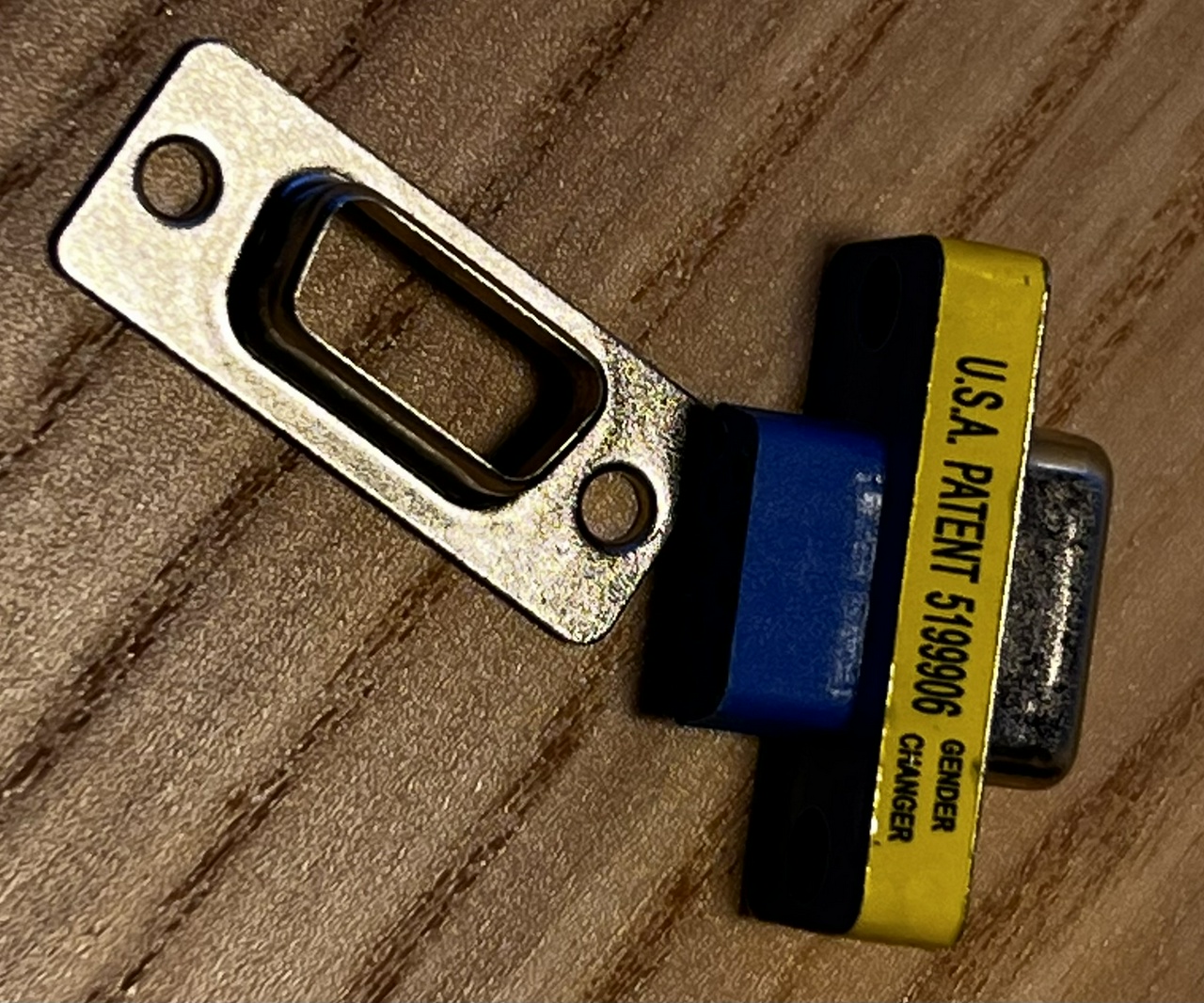

 Bing. All the pins seem to come out in the right place, and have continuity consistent with the switches on the front.
Bing. All the pins seem to come out in the right place, and have continuity consistent with the switches on the front. Aaaaand....horrible crash, sad Mac, awful noise coming out of the speaker. Oh dear.
Aaaaand....horrible crash, sad Mac, awful noise coming out of the speaker. Oh dear.






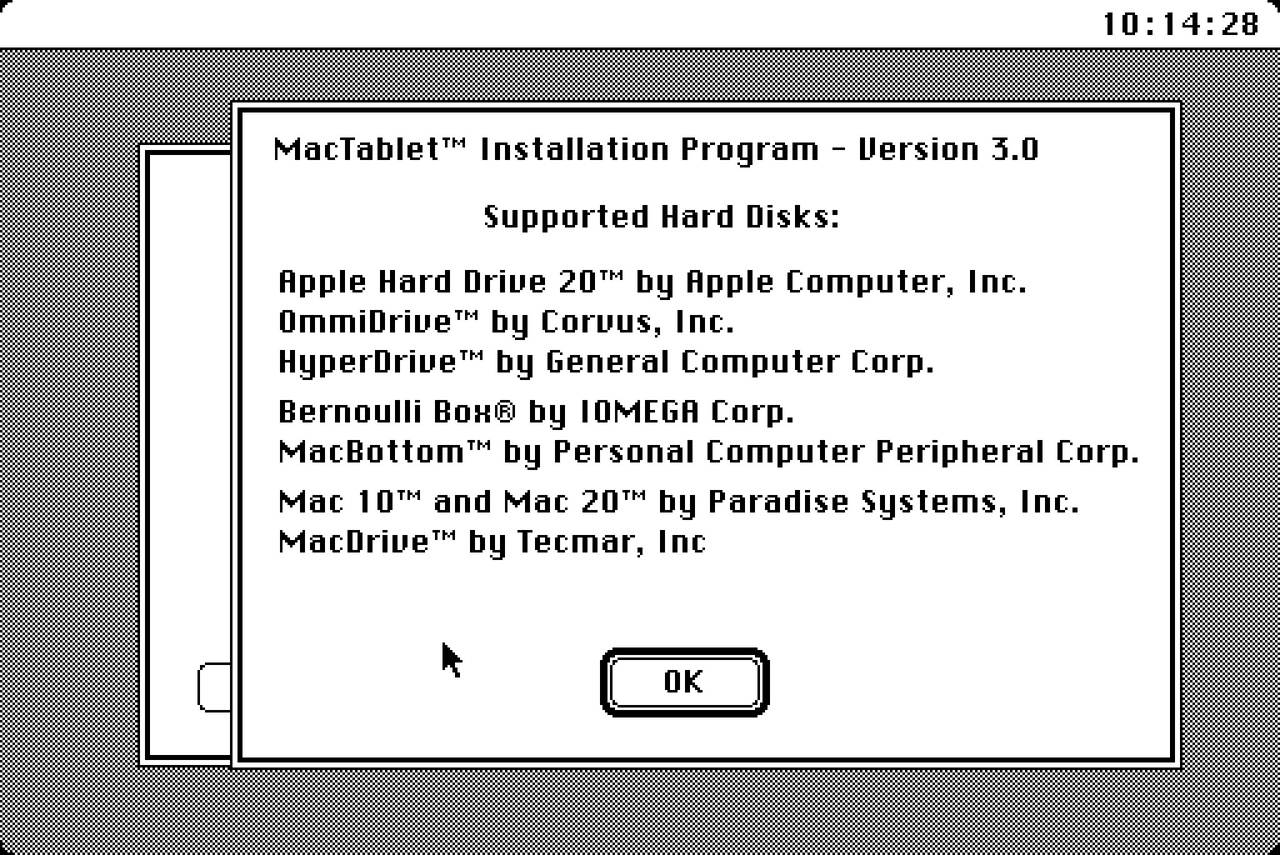


 (Told you I wasn’t an artist!)
(Told you I wasn’t an artist!)
 The first is a relational database for the Mac 128k from 1984 called MacLion, which appears not to have been archived before. I’ve uploaded it to
The first is a relational database for the Mac 128k from 1984 called MacLion, which appears not to have been archived before. I’ve uploaded it to 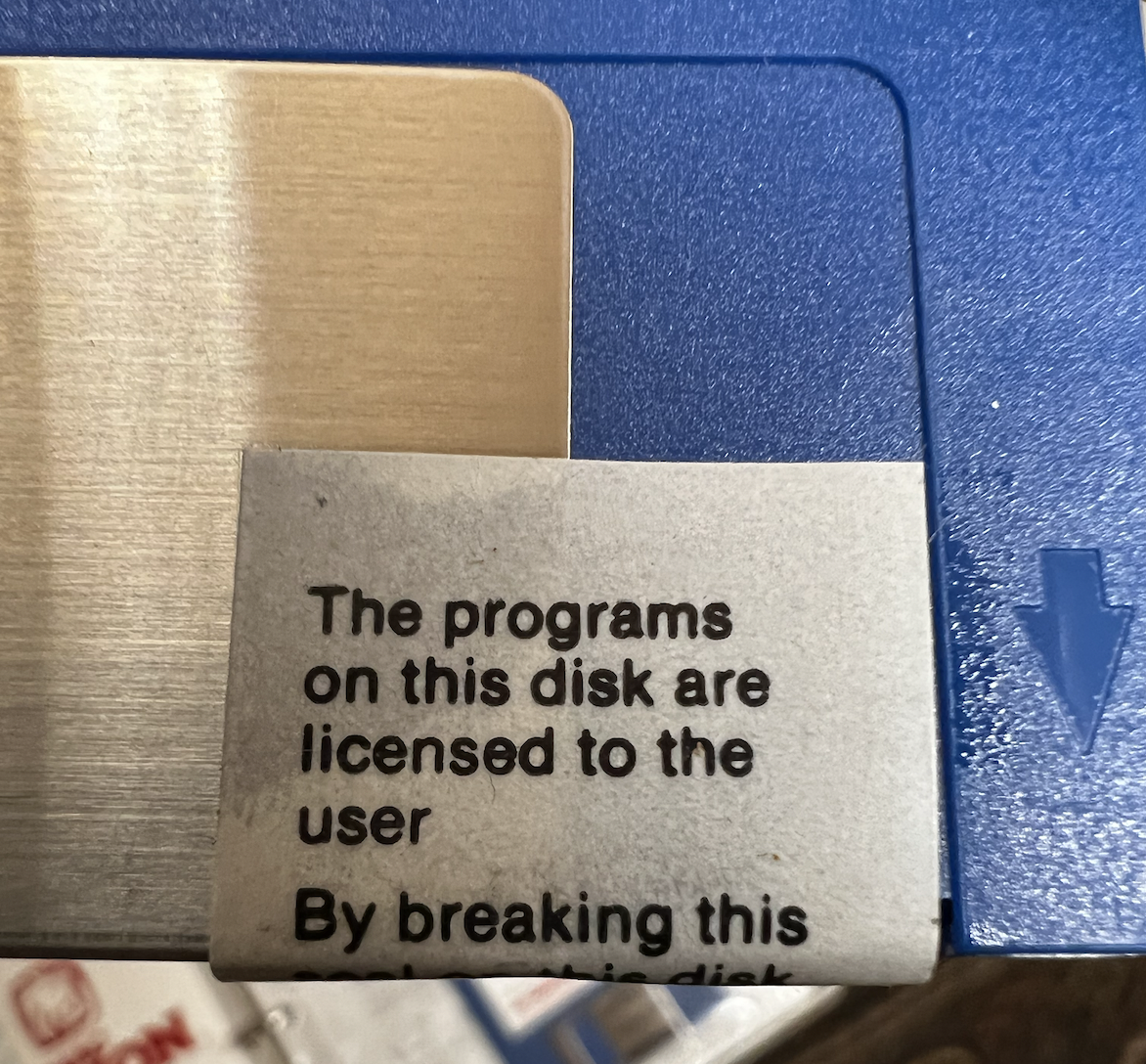 Licence sticker still on the floppy!
Licence sticker still on the floppy! The interface is not standard.
The interface is not standard. The other is this Tecmar serial hard disk, which I bet you a thousand dollars won’t work. But it was $40, so it’s worth a try. Hard disks are meant to rattle, right?
The other is this Tecmar serial hard disk, which I bet you a thousand dollars won’t work. But it was $40, so it’s worth a try. Hard disks are meant to rattle, right? Happy Marchintosh, everyone. Merry Marchintosh? Should we call it MacInMarch? Probably too late for that. Anyway, thanks to Joe and Ron for running the thing and for the shout-out. I’m enjoying all the content so far, but mostly I just hope lots of people are using it as an excuse to muck around with old Macs.
Happy Marchintosh, everyone. Merry Marchintosh? Should we call it MacInMarch? Probably too late for that. Anyway, thanks to Joe and Ron for running the thing and for the shout-out. I’m enjoying all the content so far, but mostly I just hope lots of people are using it as an excuse to muck around with old Macs. WriteNow 1 on a 128k Mac with a MacDraw image posted in. Taking notes from a uni lecture.
WriteNow 1 on a 128k Mac with a MacDraw image posted in. Taking notes from a uni lecture. Hmm. This smells like copy protection. Hopefully it’s typically cunning 1980s copy protection.
Hmm. This smells like copy protection. Hopefully it’s typically cunning 1980s copy protection.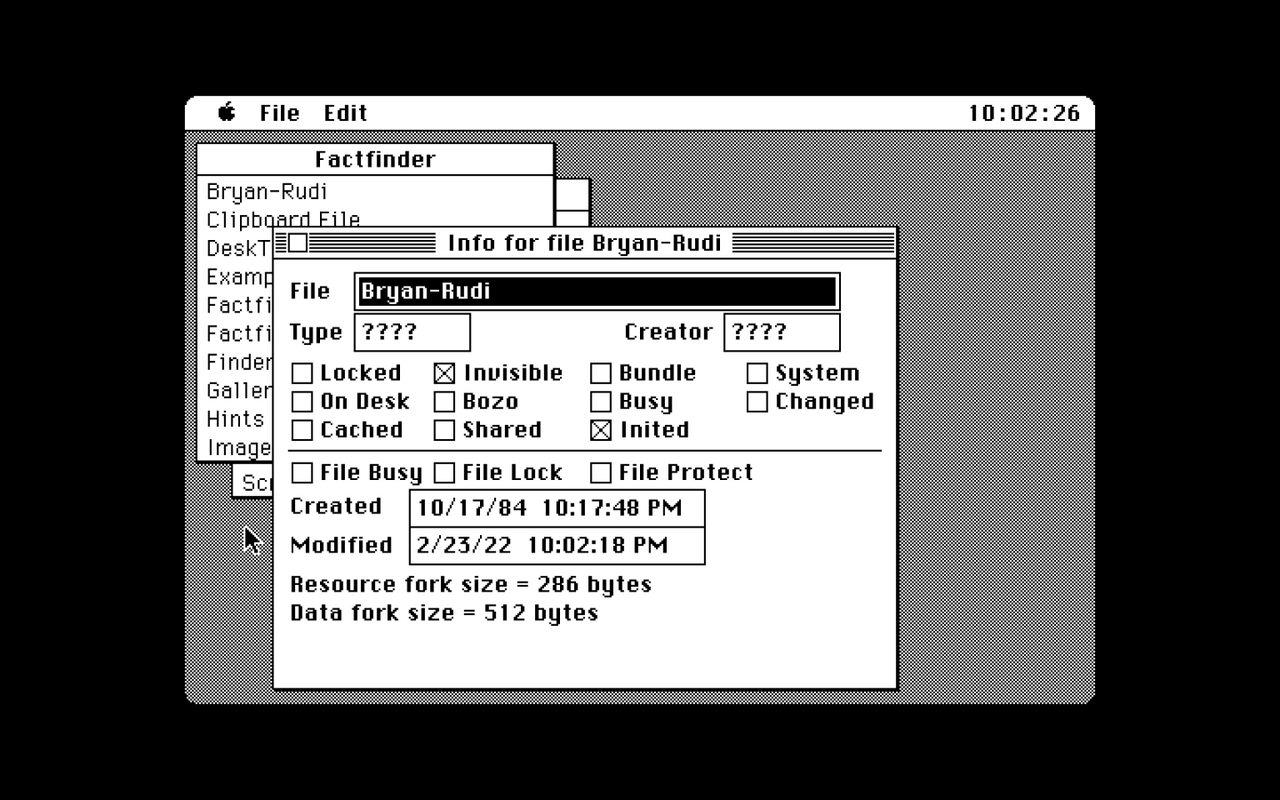 Unchecked the “Invisible” box, copied it to the other disk image, made it invisible again (after it didn’t work while the file was visible, of course) and Robert’s your mother’s brother:
Unchecked the “Invisible” box, copied it to the other disk image, made it invisible again (after it didn’t work while the file was visible, of course) and Robert’s your mother’s brother: I’ve uploaded this to
I’ve uploaded this to 